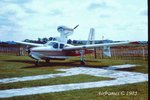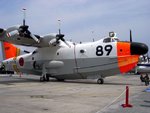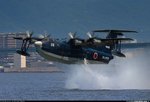GrauGeist
Generalfeldmarschall zur Luftschiff Abteilung
To be honest, I've always liked the Bv138. While it's not as impressive as the big flying boats (Bv222, Bv238, JRM-1), it was a reliable design and even had the deisel Jumos. (and it looked cool!)




